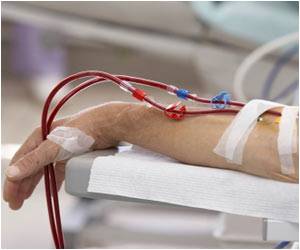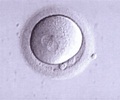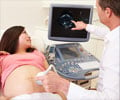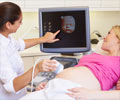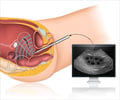From the air, the twists and turns of rivers can easily be seen. In the body, however, tracing the twists and turns of blood vessels is difficult, but important. Vessel bendiness
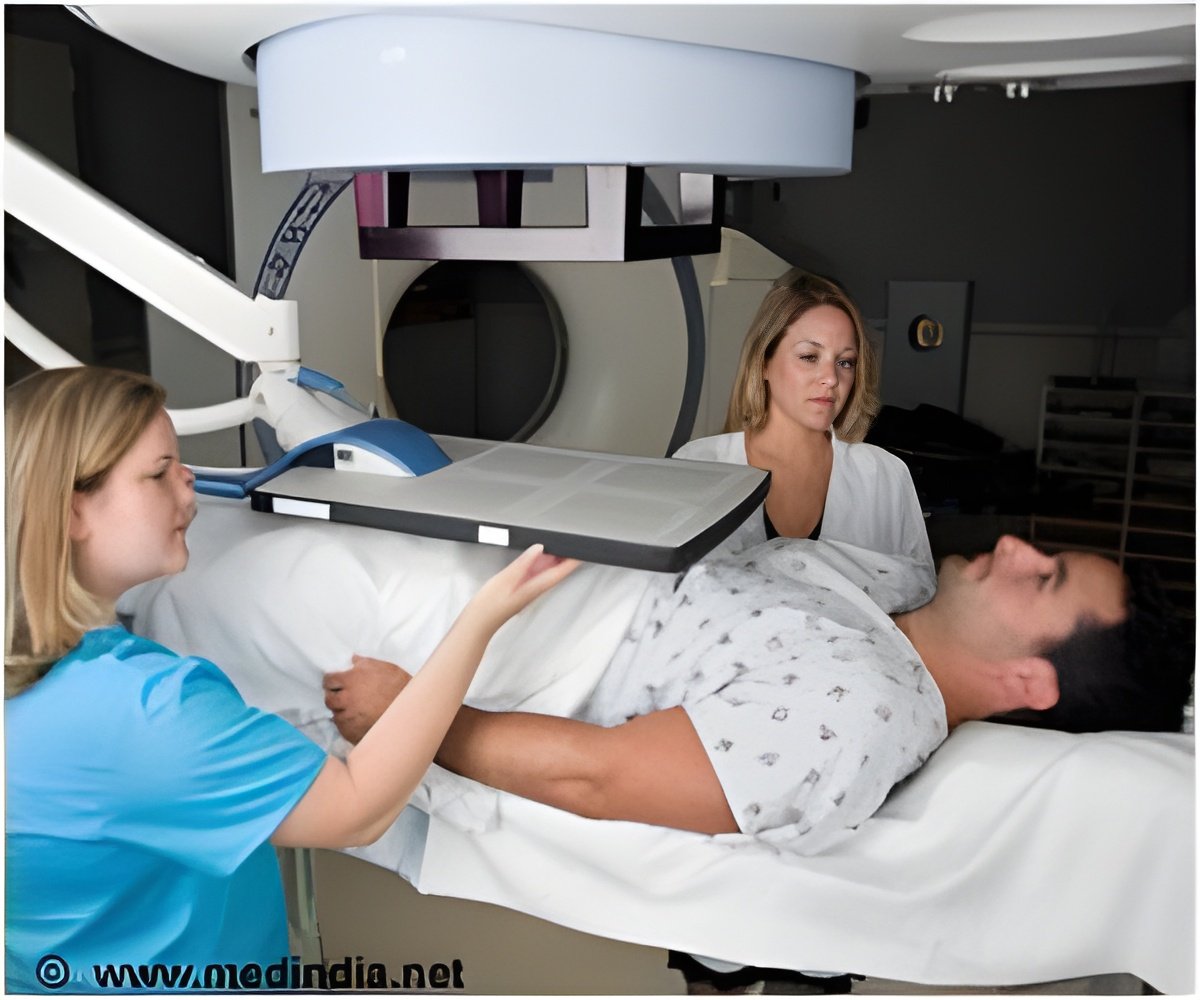
Their findings were published in the July 6, 2012 online issue of the journal Radiology.
Paul Dayton, PhD, associate professor of biomedical engineering explains, "The correlation between vessel tortuosity and cancer is well-established. What's new about our finding is that we can visualize these vessels in minutes with a very quick scan, using very inexpensive imaging methods." Dr. Dayton is a member of UNC Lineberger Comprehensive Cancer Center.
The UNC team used a new high-resolution ultrasound method, called "acoustic angiography," with an intravascular contrast agent that allowed them to acquire images of only the blood vessels. "Unlike current clinical 'grayscale' ultrasound, this method filters out all tissue signals, so we can see small blood vessels clearly." says Dayton.
"Our results showed a definitive difference between vessels within and surrounding tumors versus those associated with normal healthy vasculature. The limitation that we must now address is that our method works only for tumors at a shallow depth into tissue, such as melanomas or thyroid cancer. Our next studies will focus on this imaging-depth issue as well as evaluating the ability of this technology to determine a tumor's response to therapy.
"We know from several clinical and preclinical MRI studies at UNC by Elizabeth Bullitt, MD, and others, and at other institutions that vessels can unbend, or "normalize," in response to effective therapy. We need to see if our inexpensive ultrasound-based method of blood vessel visualization and tortuosity analysis can detect this normalization prior to conventional assessments of tumor response to therapy, such as measurements of tumor size.
Advertisement
Source-Eurekalert


